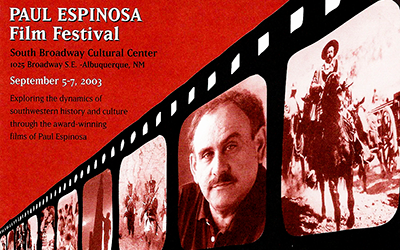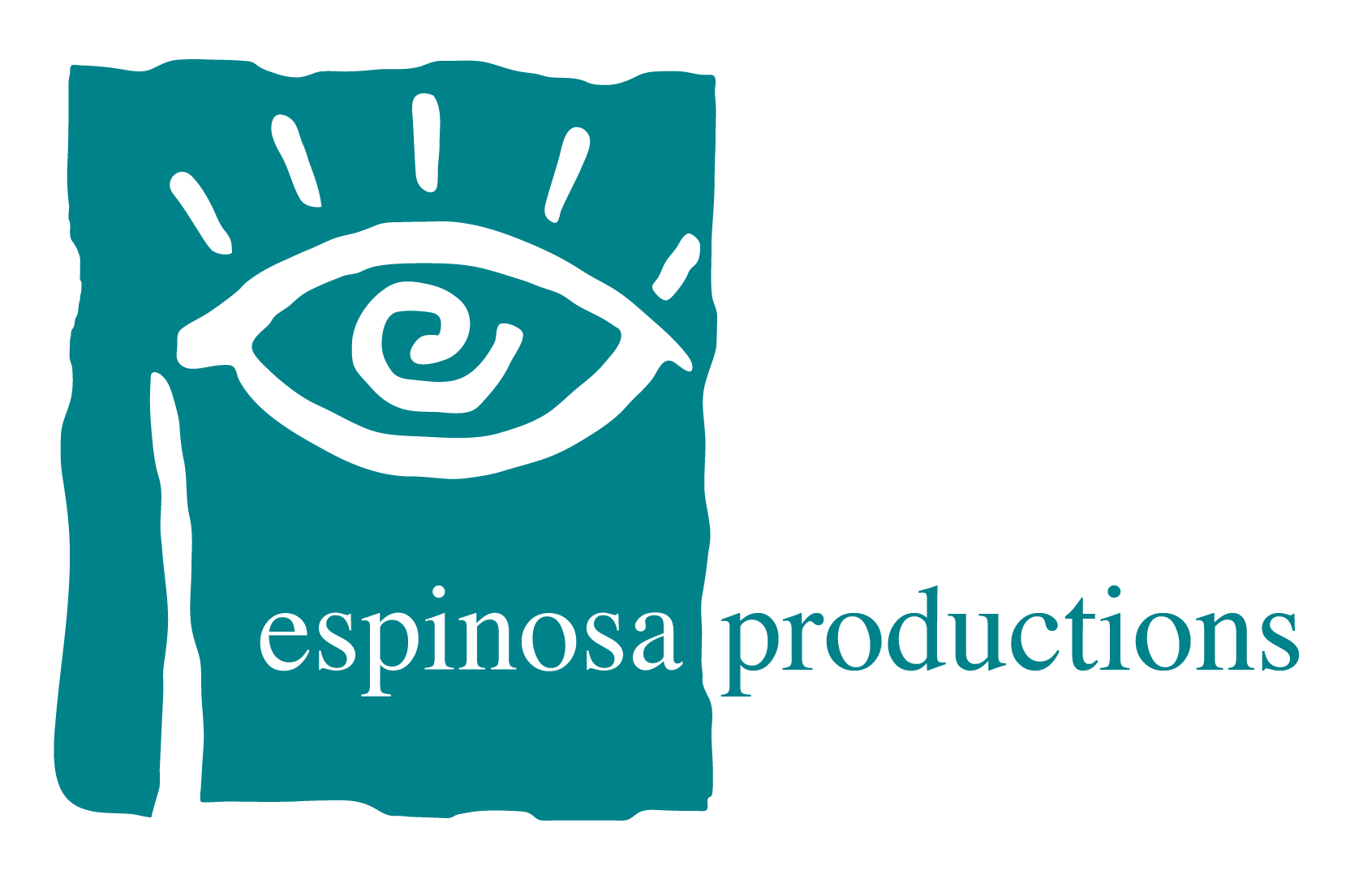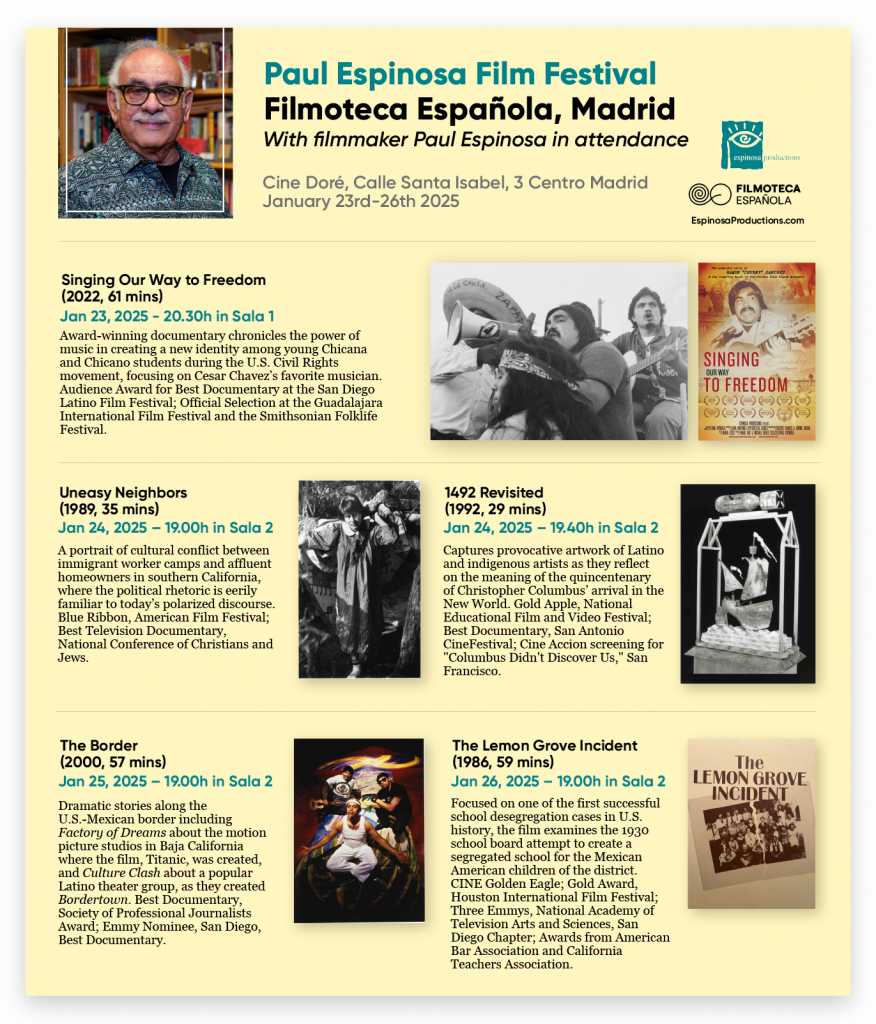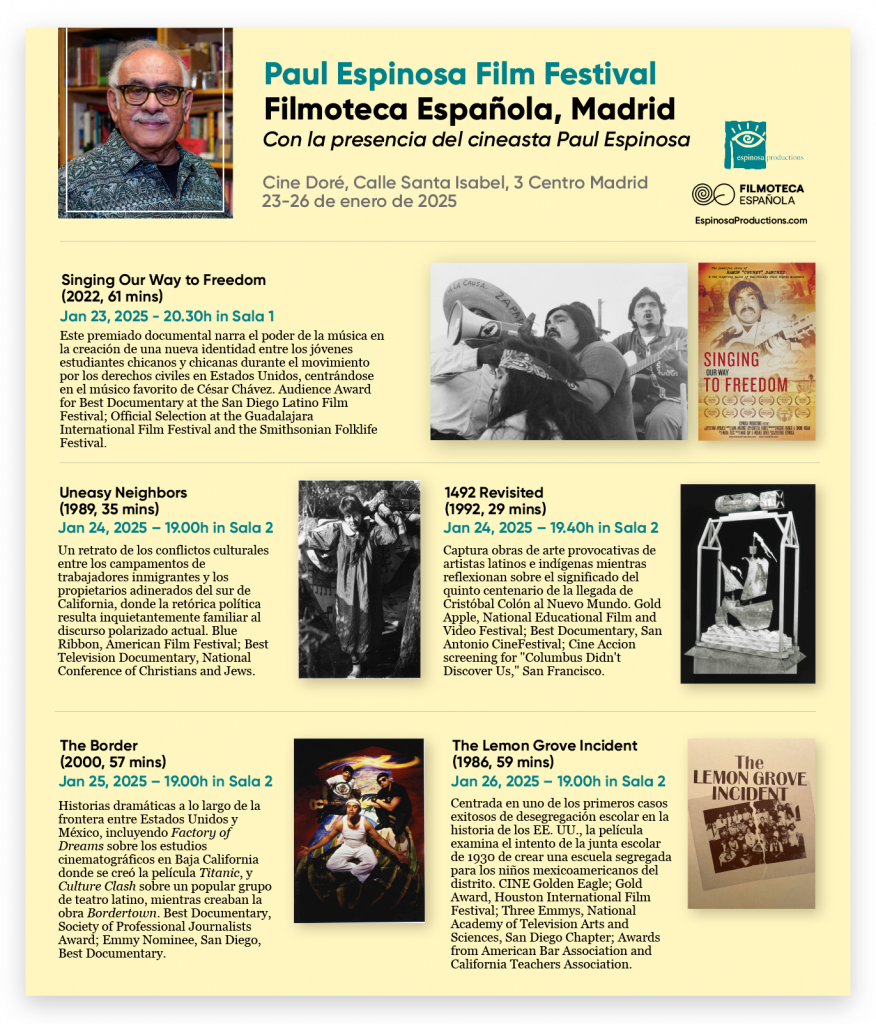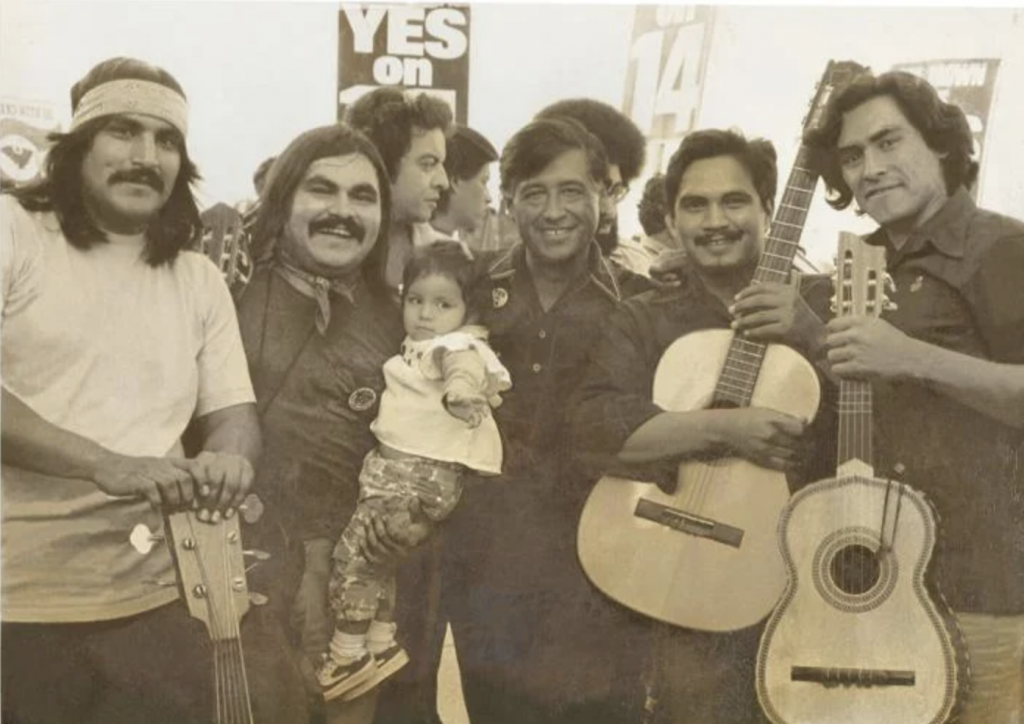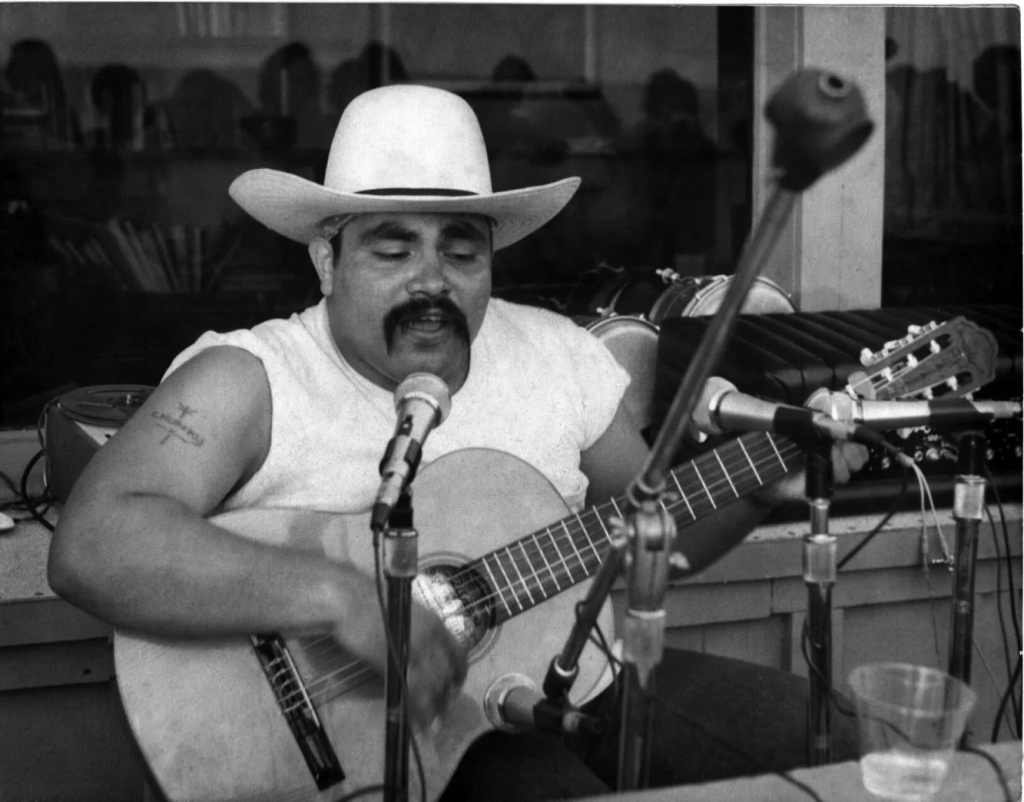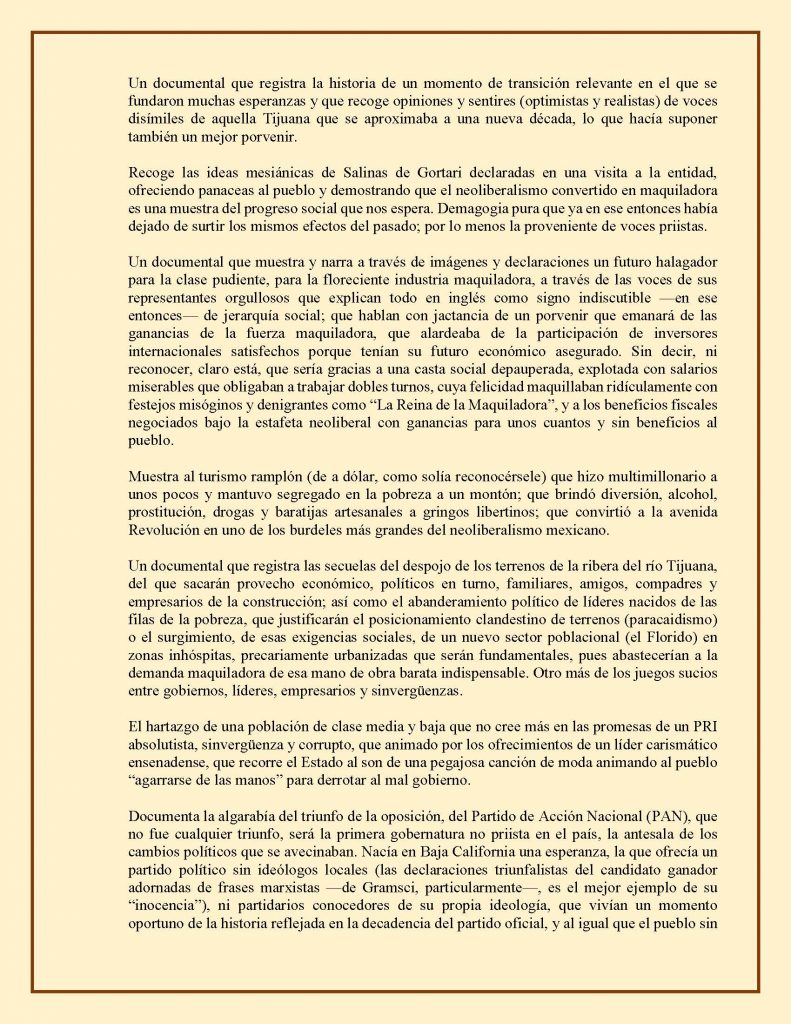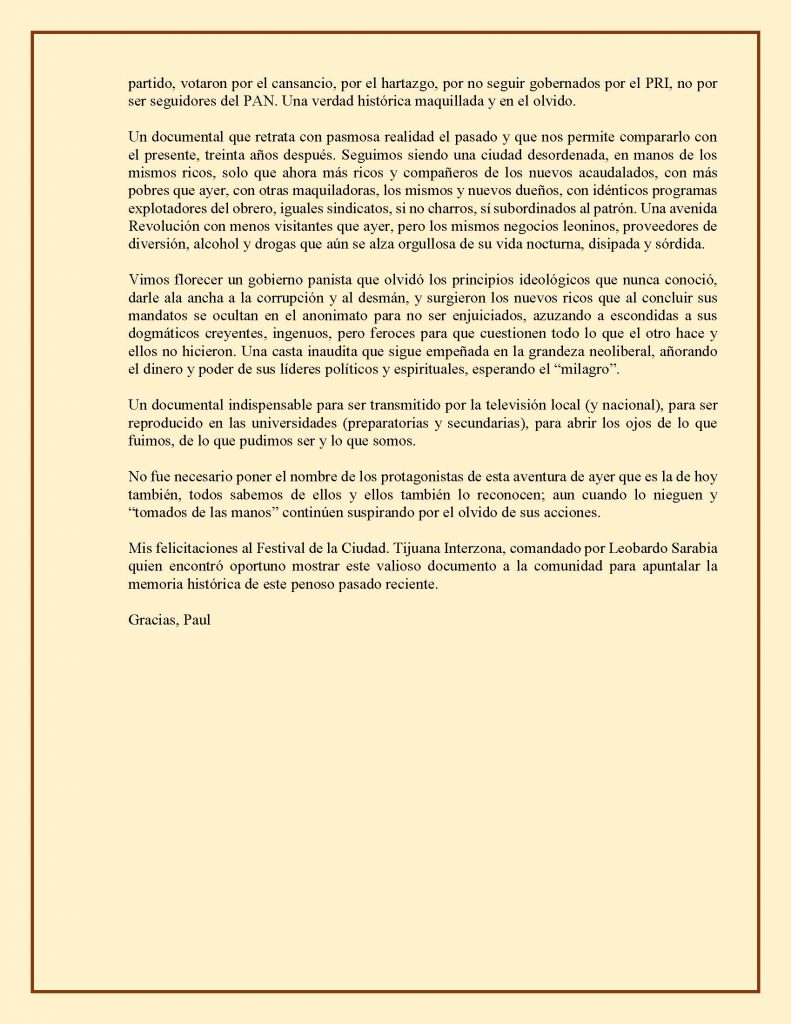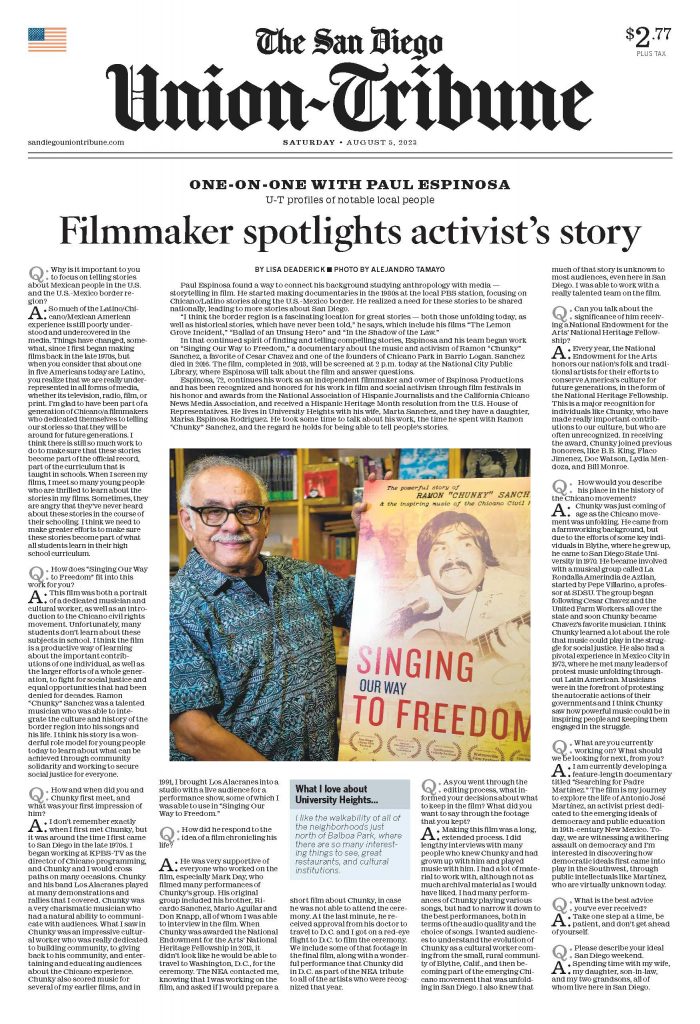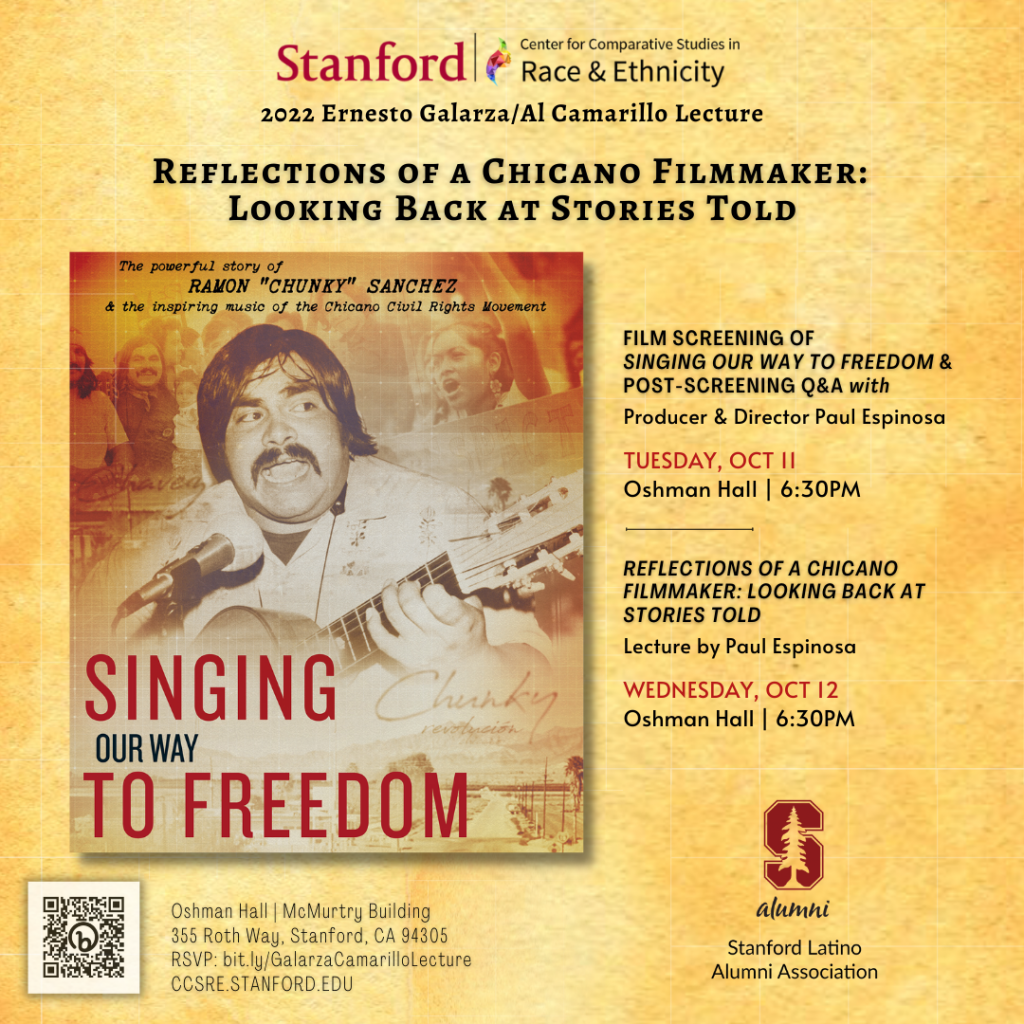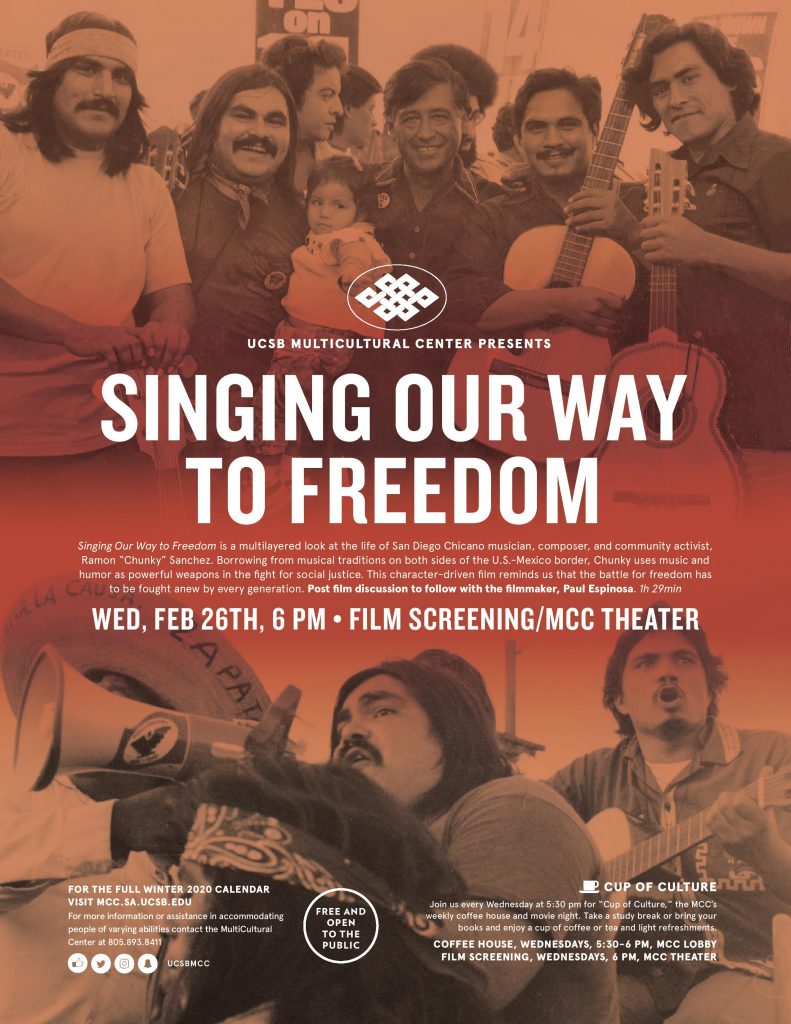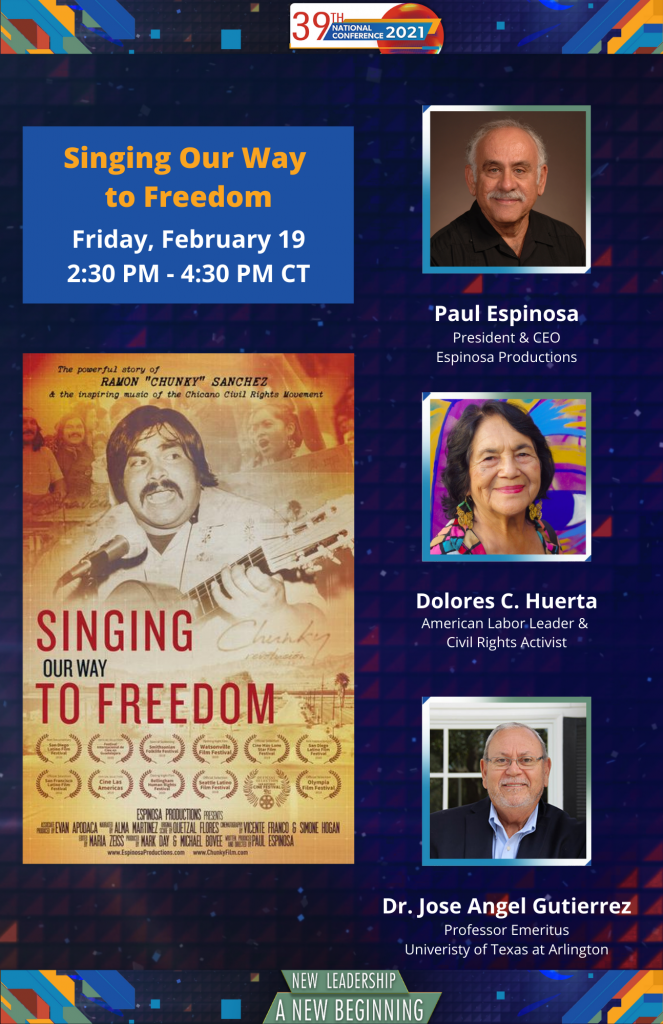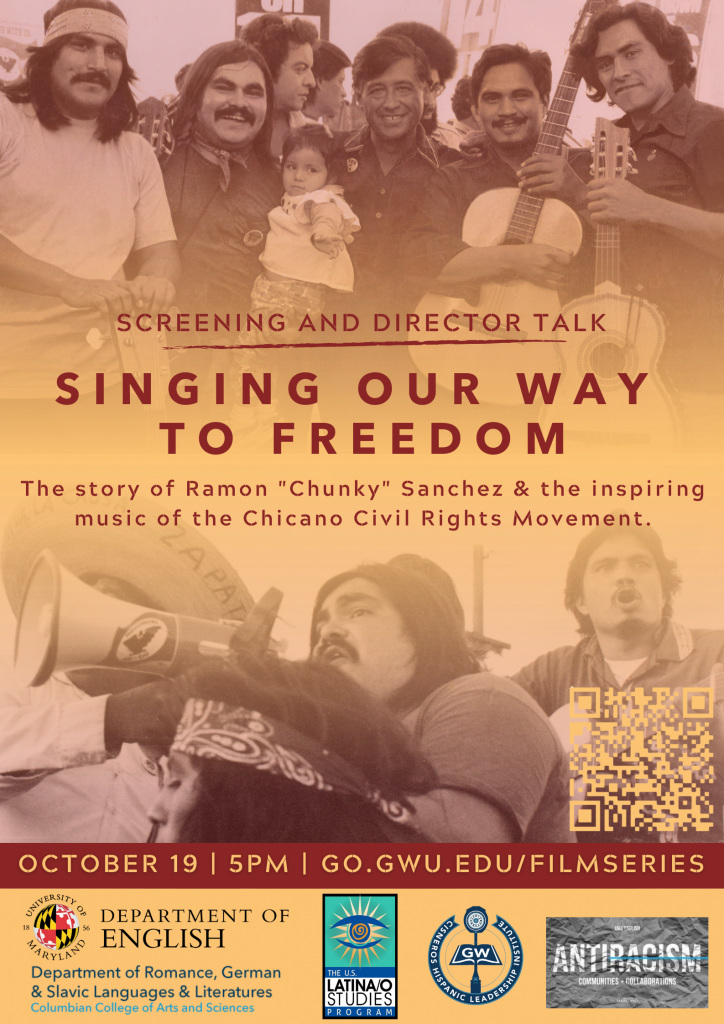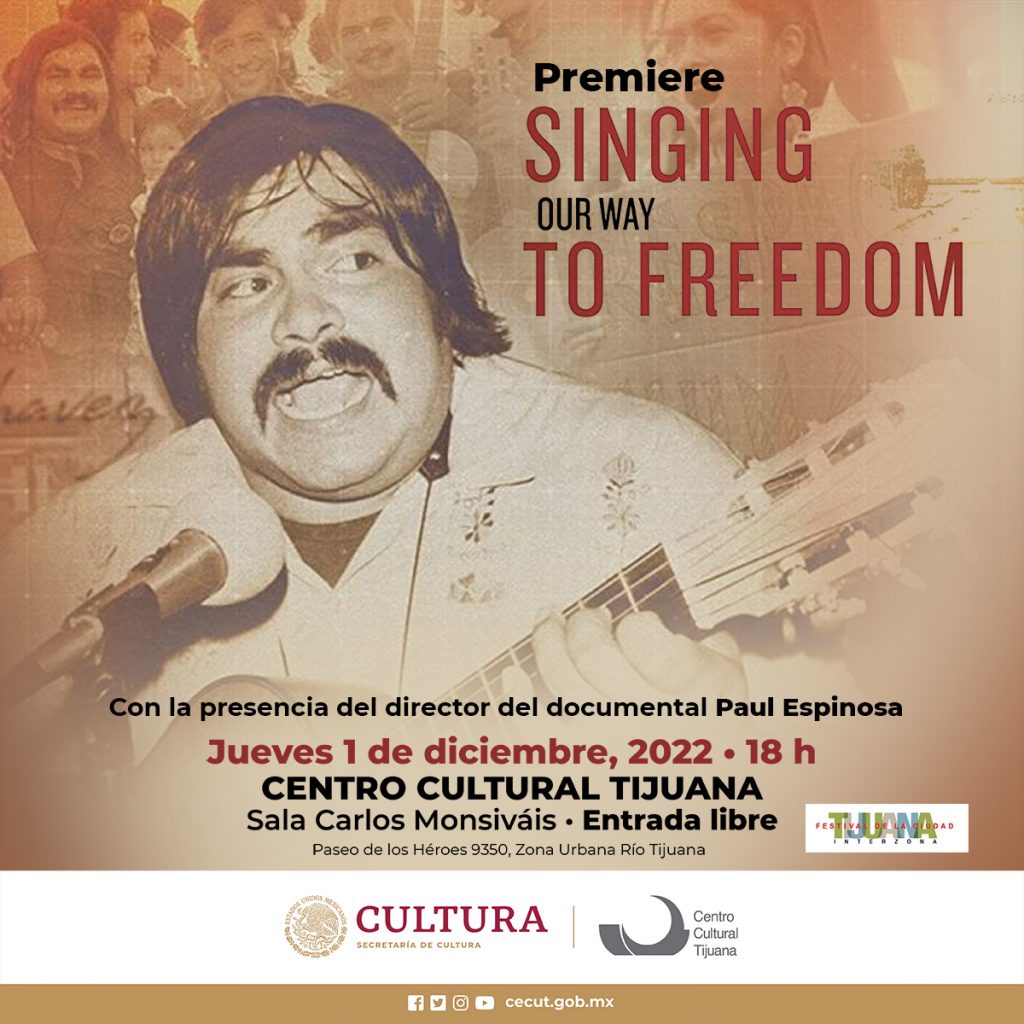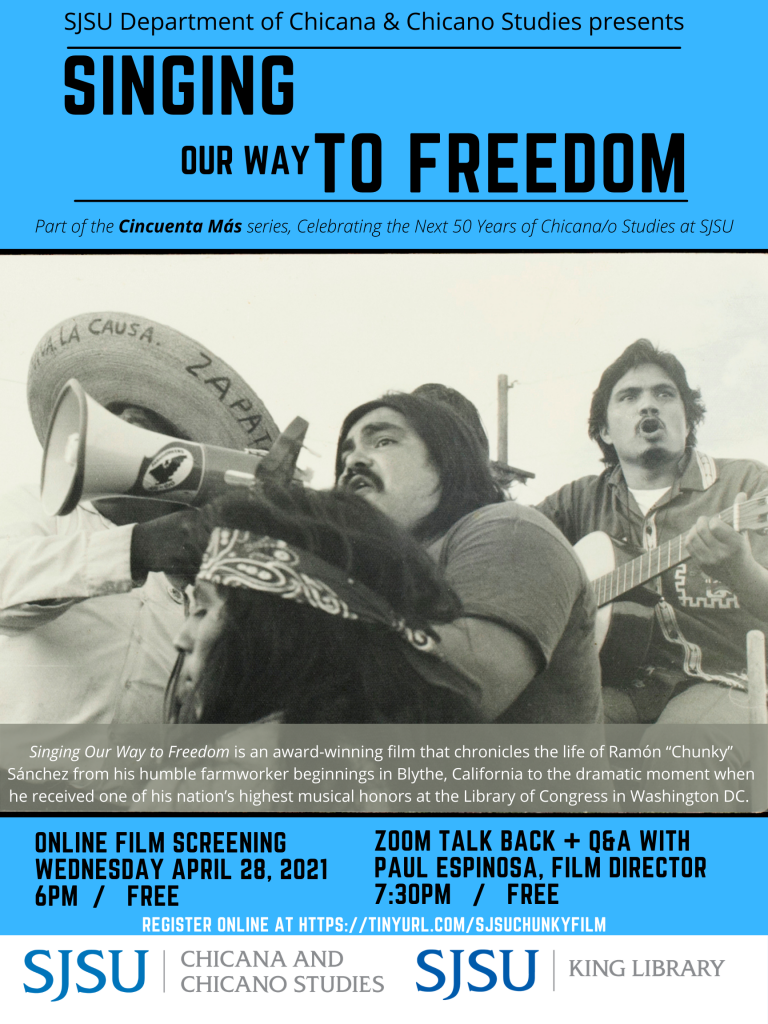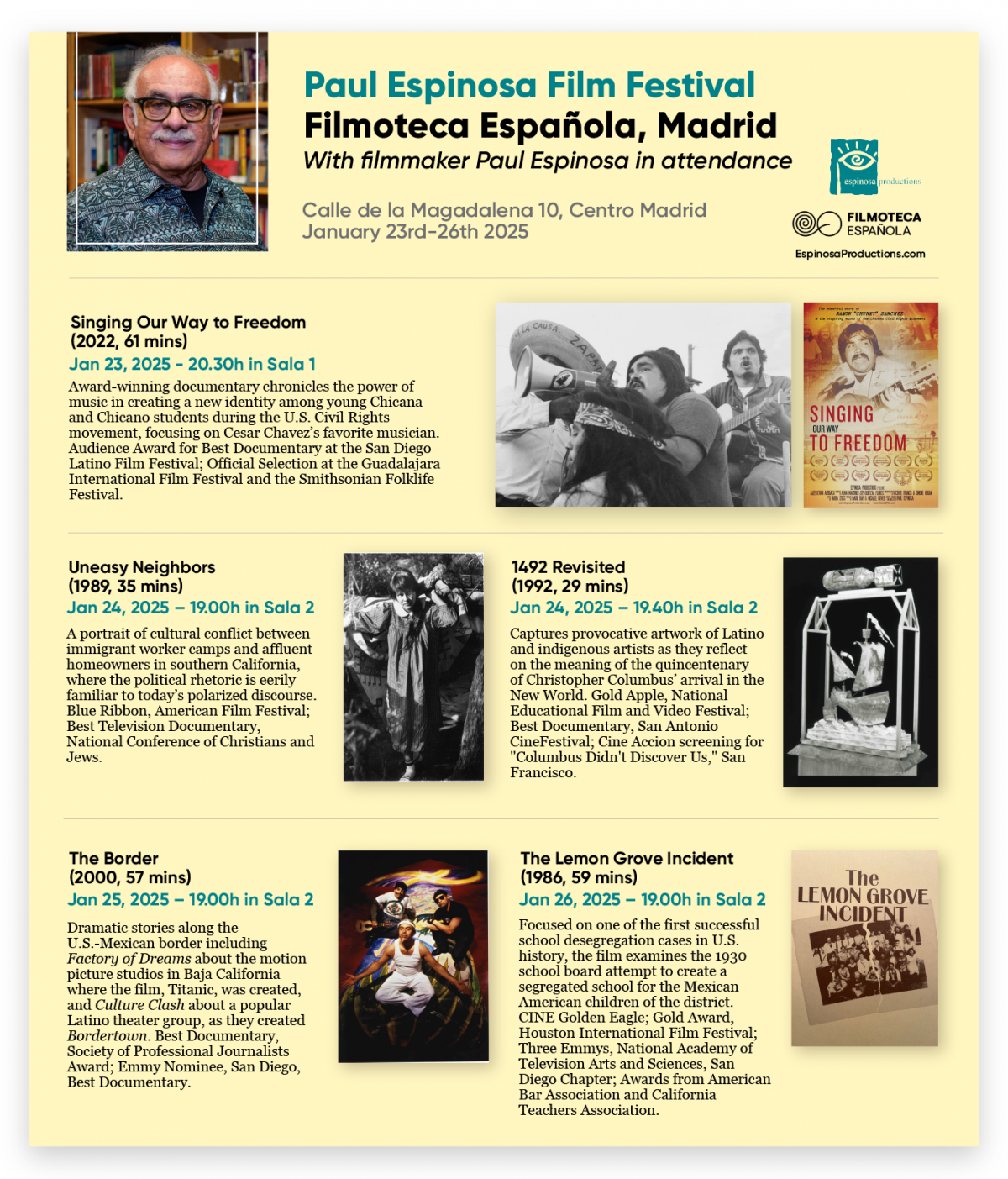
Author: espipaul@gmail.com



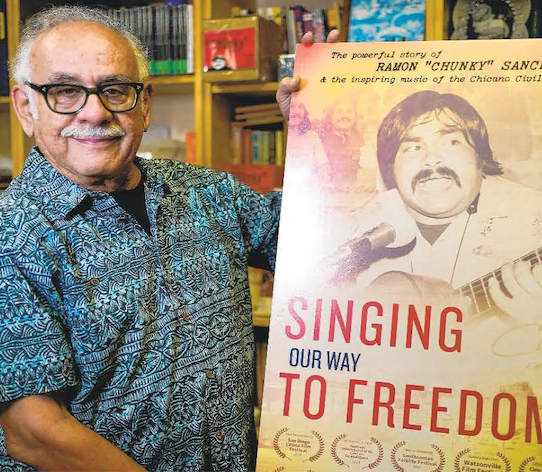






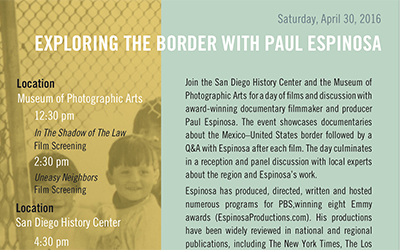

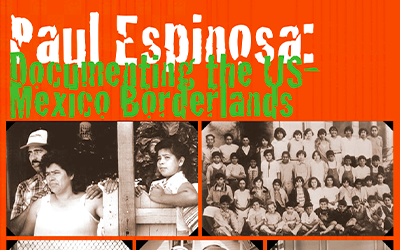

Paul Espinosa Film Series – UCSD
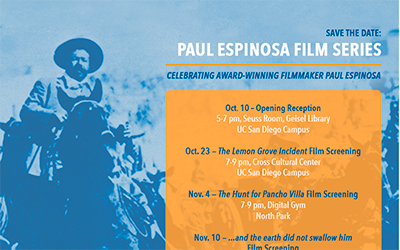

Making films through anthropologist’s eyes
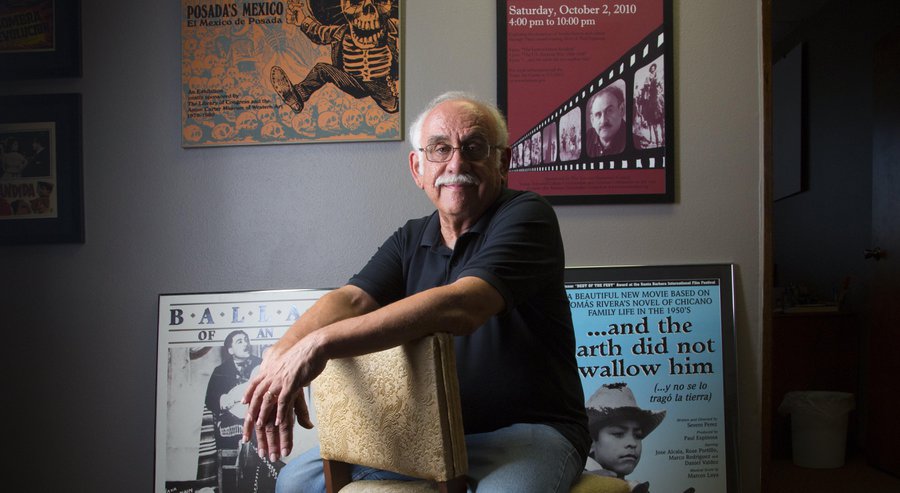
Espinosa’s award winning documentaries focus on U.S.Mexico border
Local film maker Paul Espinosa has produce several documentary films. To name a few, The Lemon Grove Incident, The Hunt for Pancho Villa and the earth did not swallow him. San Diego Union Tribune Paul Espinosa was an anthropologist before he was a filmmaker, which goes a long way toward explaining the kind of movies he makes.
For more than 20 years, working mostly in San Diego, he made documentaries focused on the U.S.Mexico border, an area where cultures bump against each other, sometimes blending and sometimes clashing, an anthropologist’s dream.
The stories he told – about undocumented immigrants, about school segregation, about Pancho Villa, about farm workers – won awards and helped shape how the rest of the nation understands this region and its history.

“He was a fortune teller of sorts,” said Hector Galan, a filmmaker in Austin, Texas who has collaborated with Espinosa. “The border issues that everybody’s talking about these days – he was on top of that early on.”
Now back in San Diego after a decade of teaching at Arizona State University, Espinosa recently donated his archives to UC San Diego. The 200 boxes of film scripts, correspondence, interviews (many of them with people no longer living), photos and other items will be used by scholars trying to assess the border, according to campus officials. Saturday, the university celebrated the acquisition with a reception at the Geisel Library, where the Paul Espinosa Papers will be kept. The library is also sponsoring free screenings of three of Espinosa’s best known films in the coming weeks.
It seems like a good time for the 65 year old Espinosa to reflect on his career, except his career isn’t over, he said in an interview last week at his University Heights office. He’s in the editing stages with a new documentary, one about Ramon “Chunky” Sanchez, the veteran San Diego singer/songwriter and community activist.
Espinosa is also not one to spend much time thinking or worrying about his legacy.
“All I tried to do,” he said, “was open a window into a world that most people knew nothing about.”
‘Studying up’
Espinosa grew up in Albuquerque, New Mexico, the son of educators who didn’t bring a television into the house until he was 14. It seems an odd beginning for someone who eventually made documentaries for the little screen.
But he thinks it helped that he wasn’t saturated as a child with TV images and stereotypes. By the time he went away to college at Brown University, the Ivy League school in Rhode Island, he’d grown curious about how the media works and how it shapes the world. He majored in anthropology, then went to Stanford for graduate work. This was the 1970s, a time of anthropologists “studying up,” shifting from the traditional examination of powerless societies and focusing instead on institutions and cultures that wield significant clout.
Espinosa picked television as his study subject. He went to Hollywood, where he knew no one, and went around to the studios, asking for permission to observe them while they made their particular brand of sausage. Rejected over and over, he finally persuaded Gene Reynolds (the writer, director and producer best known for MASH) to let him watch the inner workings of “Lou Grant,” a new show about a curmudgeonly newspaper editor. Espinosa would do his doctoral dissertation on the program.
Before that, though, he also did an internship at San Diego’s public broadcasting station, KPBS. The internship was designed to teach academics like him bout the media, the idea being that they would then go back to the Ivory Tower and be better able to translate the importance of their scholarly work to a general audience.
Espinosa never took up residence in academia, though. He liked it at KPBS, and folks at the station liked him, and he settled into a career there. Right away, he saw a niche for himself – the border, seen through an anthropologist’s eyes. There weren’t many Latino filmmakers around, and he figured he could bring a different perspective to the work, tell different stories.
In 1983, he made his first big splash with “The Trail North,” a half hour documentary about the Alvarez family and its journey through several generations from Mexico to the United States. Espinosa went to college with one of the family members, Robert Alvarez Jr., who appears in the documentary with his 10 year old son, Luis, as they trace the ancestral migration.
Many TV depictions of Mexican Americans at the time cast them as poorly educated and impoverished, if they were depicted at all. Robert Alvarez Jr. had a doctorate from Stanford and became a professor of ethnic studies at UC San Diego. Luis? He grew up to be a professor at UCSD, too, in history.
National platform
When he worked at KPBS, Espinosa never viewed San Diego County as the only audience for his films. He thought they should be seen nationally, and they were, on the PBS network.
“The Lemon Grove Incident” (1986) was about what is believed to be the first successful legal challenge to school segregation, case from the 1930s that predated the more famous Brown v. Board of Education by two decades. “In the Shadow of the Law” (1988) was about four families living illegally in the U.S., one of the first in depth films about undocumented immigrants and their everyday lives. “Uneasy Neighbors” (1990) was about the tensions arising between upscale North County neighborhoods and nearby migrant worker camps.
And on and on, more than a dozen films. He won eight Emmys, five CINE Golden Eagles, a Golden Mike, a Lifetime Achievement Award from the California Chicano News Media Association. Four cities – San Diego, Phoenix, Albuquerque and El Paso – have held Paul Espinosa Film Festivals.
“A lot of the documentaries he did are still relevant today,” said Galan, the Texas filmmaker. “He recognized that the border is its own world with its own issues.” In some ways, making documentaries is easier now than ever, Espinosa said. People are filming them on smartphones and editing them on laptops. “Anybody and his brother can become a documentary filmmaker,” he said. “It’s become something that’s considered chic.”
But it’s also harder, because money, especially from publicly funded arts organizations – the source of financing for many of his projects – is scarce. Although some cultural observers worry about the future of documentaries in the age of YouTube and Instagram, Espinosa isn’t among them. He pointed to “Amy,” the film about singer Amy Winehouse, which was released in July and remained in theaters for months.
“There’s still a place for the long form stuff,” he said. “Audiences want what they’ve always wanted. They want a good story.”
By John Wilkens | 1 p.m. Oct. 10, 2015
© Copyright 2015 The San Diego Union Tribune.
Paul Espinosa: Cineasta de la frontera

El productor y director Paul Espinosa, con gorra negra, prepara una entrevista con el dueño de la tienda La Especial Produce, Juan Neri, durante la grabación del documental The Price of Renewal. Cortesía Espinosa Productions
Si existe un cineasta fronterizo, ese sin duda es Paul Espinosa.
Por 35 años el director y productor se ha dedicado a documentar las realidades en ambos lados de la frontera entre México y Estados Unidos a través de una docena de filmes, incluyendo algunos que se han convertido en clásicos.

Aunque como cineasta exitoso Espinosa hubiera podido mudarse a Los Ángeles para trabajar más de cerca de los grandes estudios de Hollywood, decidió permanecer en la frontera, primero en San Diego, y luego en Phoenix como profesor en la Arizona State University.
“San Diego ha sido un lugar increíble para trabajar en los filmes que he estado interesado en realizar”, dice Espinosa, quien regresó a vivir a la ciudad luego de jubilarse de su puesto como profesor. “Estar en la frontera Estados UnidosMéxico le da a San Diego una dinámica internacional, y hay tanto potencial para trabajar en historias que no han sido contadas”.
Durante octubre y noviembre, la biblioteca de la Universidad de California, San Diego, en La Jolla, celebrará a adquisición de los archivos de Espinosa, que contienen películas, material de investigación, entrevistas, guiones y fotografías, entre otros documentos.
“Nos honra haber adquirido los archivos de Paul Espinosa, los cuales serán muy utilizados en esta universidad”, añade Brian E. C. Schottlaender, bibliotecario en UCSD. “Nuestras colecciones bibliotecarias tienen un énfasis especial en historia de California y Baja California, así como cultura y activismo chicano. Los archivos de Espinosa fortalecerán y complementarán estos materiales”. Como parte de la celebración, este sábado 10 de octubre habrá una recepción con el cineasta en la biblioteca de UCSD.
Por todo octubre y noviembre se realizará un minifestival de cine en varias ubicaciones de San Diego donde se proyectarán algunas de sus documentales y películas más sobresalientes, entre ellas The Lemon Grove Incident, que fue producida para la cadena PBS y cuenta la historia verídica del primer caso legal en contra de la discriminación racial en la educación pública en Estados Unidos.
Otra de esas películas, The Hunt for Pancho Villa, se proyectará el 4 de noviembre en el Digital Gym Cinema, el cine comunitario del Media Arts Center San Diego, organización detrás del Festival de Cine Latino de San Diego, del que Espinosa fue parte esencial para su fundación, indica Ethan van Thillo, fundador y director del Media Arts Center.
“Su extensa obra acerca de la experiencia chicana y los temas fronterizos es una de las razones por las que hoy tenemos un festival de cine latino en San Diego”, dice Van Thillo. “Él le ha enseñado a varias generaciones acerca de la importancia de documentar su propia historia y la importancia de contar historias que no son contadas por los medios tradicionales”.
Curtis Marez, profesor y director del Departamento de Estudios Étnicos en UCSD, dice que la obra de Espinosa ha puesto a los chicanos en la pantalla.
“Todos sabemos que las imágenes visuales moldean lo que la gente piensa es importante y de valor, tanto que sí un grupo de personas no aparece en el cine puede ser como si no existieran”, dice Marez. “El trabajo de Paul brillantemente ha colocado a las chicanas y a los chicanos en el cine”.
Espinosa, ganador de varios premios Emmy, actualmente produce un documental sobre la vida de Ramón Chunky Sánchez, un músico pilar del Movimiento Chicano de los 1970 en San Diego.
El cineasta dice que es importante que los jóvenes latinos conozcan los temas de las películas que ha dirigido y producido para tener más conciencia social.
“Los filmes sobre problemas sociales tienen el gran potencial de generar diálogo acerca de temas controversiales”, dice Espinosa.
Sáinz es periodista independiente.
By Pablo J. Sáinz | 3:49 p.m. Oct. 8, 2015
© Copyright 2015 The San Diego UnionTribune.
All rights reserved.

Fall Film Series Launched to Celebrate his award-winning films
The University of California, San Diego Library has acquired the papers of Paul Espinosa, an award winning independent filmmaker, well known for his documentary and dramatic films focused on the U.S.Mexican border region, which helped to increase awareness about a host of immigration and crosscultural issues.
 Espinosa, who has been the recipient of eight Emmy Awards for his films, recently retired from Arizona State University, where he was on the faculty at the School of Transborder Studies. He continues to make films through his company, Espinosa Productions, now located in San Diego. The Library will be celebrating the acquisition of Espinosa’s archive with a Fall film series, beginning with an opening reception on October 10 in Geisel Library, and film screenings on October 23 at the University’s Cross Cultural Center, November 4 at the Digital Gym Cinema in North Park, and November 10 at the Museum of Photographic Arts (MOPA) All events are free and open to the public.
Espinosa, who has been the recipient of eight Emmy Awards for his films, recently retired from Arizona State University, where he was on the faculty at the School of Transborder Studies. He continues to make films through his company, Espinosa Productions, now located in San Diego. The Library will be celebrating the acquisition of Espinosa’s archive with a Fall film series, beginning with an opening reception on October 10 in Geisel Library, and film screenings on October 23 at the University’s Cross Cultural Center, November 4 at the Digital Gym Cinema in North Park, and November 10 at the Museum of Photographic Arts (MOPA) All events are free and open to the public.
“We are honored to have acquired Paul Espinosa’s papers, which will be widely used on this campus,” said Brian E. C. Schottlaender, The Audrey Geisel University Librarian at UC San Diego. “Our Library collections have particular strengths on California and Baja California history, as well as on Chicano culture and activism. The Espinosa Papers will certainly strengthen and complement these materials.”
According to Lynda Claassen, the Library’s director of Special Collections & Archives, Espinosa’s papers are rich, diverse, and plentiful. The materials include approximately 200 linear feet (200 boxes) documenting Espinosa’s more than 35 years of filmmaking, including interviews, research materials, photos, and correspondence, as well as films
scripts, DVD’s, and video.
“As a longtime resident of San Diego, where so much of my professional work was created, I was delighted that my papers found a home at UC San Diego, where scholars will have access to this extensive archive for decades to come,” said Espinosa.”
Espinosa has written, directed, and produced many national documentary films for PBS, including: The Lemon Grove Incident, (1986), In the Shadow of the Law (1988), Uneasy Neighbors (1990), The Price of Renewal (2006), California and the American Dream (2006), The U.S.Mexican War: 18461848 (1998), Ballad of an Unsung Hero (1985), Taco Shop Poets (2004), The Border (1999) and …and the earth did not swallow him (1995), an American Playhouse adaptation of a Tómas Rivera novel, among others.
The Lemon Grove Incident, produced and written by Espinosa, traces the unsuccessful efforts of the Lemon Grove School District in the 1930’s to establish a separate school for Mexican students. The film was described by The New York Times as “the story of the nation’s first successful legal challenge to school segregation, 14 years before the Supreme Court outlawed separation by race in the landmark case Brown v. Board of Education.” The film will be screened on October 23, from 7 to 9 p.m., at the UC San Diego Cross Cultural Center as part of the 25 anniversary celebration for the University’s Department of Ethnic Studies.
The Hunt for Pancho Villa, produced and written by Espinosa in 1993 and aired nationally on PBS’s American Experience series, will be screened on Nov. 4, from 7 to 9 p.m. at the Digital Gym Cinema in North Park. The film, narrated by actress Linda Hunt, sheds light on the dramatic events of 1916, which led to the largest mobilization of American troops since the Civil War, and brought Mexico and the U.S. to the brink of war.
The celebrated Indie film, “…and the earth did now swallow him,” will be screened on Nov. 10, from 7 to 9 p.m. at the Museum of Photographic Arts (MOPA) in Balboa Park. The feature length film, produced for American Playhouse, PBS’s weekly drama series, is an adaption of Tomas Rivera’s 1971 novel of the same name. The film traces the old from the perspective of Marcos, the 12 year old son of migrant Mexican American farm workers, the film follows their travels over the course of a year, each of its 12 sections linked to a month of the calendar. The family starts off in Texas at the beginning of harvest season. Their hardscrabble journey takes them across the length and breadth of the Midwest.
In addition to receiving eight Emmy awards for his film productions, Espinosa has been honored in retrospective Paul Espinosa Film Festivals in San Diego, Phoenix, Albuquerque, and El Paso. He has also been the recipient of five CINE Golden Eagle awards, and a Golden Mike Award, and was honored with a Lifetime Achievement Award by the California Chicano News Media Association and was inducted into the NAHJ Hall of Fame by the National Association of Hispanic Journalists. For more information about Paul Espinosa and his films: espinosa productions.com.
The addition of Paul Espinosa’s papers to the Library’s Mandeville Special Collection adds significantly to the intellectual resources at UC San Diego on Mexican American culture, politics, and immigration. In addition to its large Baja California and Latin America resources, related collections include the Herman Baca Papers, an archival collection on Chicano activism, and the Farmworkers’ Digital Archive. The Library’s materials documenting Chicano history have also grown to include the American Friends Service Committee United States Mexico Border Program Records (19742004), and the Roberto Martinez Papers (19692009).
UC San Diego
UC San Diego News Center
September 23, 2015 | By Dolores Davies
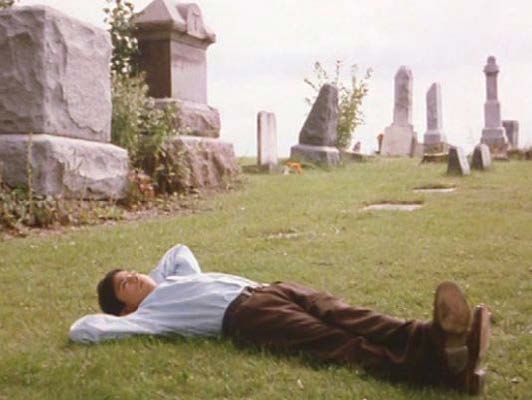
 Every Friday in February 2015, the Consulate General of Mexico in Phoenix will host free screenings of films chronicling relations between the U.S. and Mexico.
Every Friday in February 2015, the Consulate General of Mexico in Phoenix will host free screenings of films chronicling relations between the U.S. and Mexico.
Starting Friday, Feb. 6, the Paul Espinosa Film Festival will feature two documentaries, “The Haunt for Pancho Villa” and “The U.S. Mexican War: 1846 -1848,” as well as the drama “… And the Earth Did Not Swallow Him.”
The three films provide insight on historical events along the 1,989 mile border from the mid 19th century to the late 20th century.
“I think that in seeing these films, people will get awareness of how old, complicated and complex the relation between the U.S. and Mexico is,” said filmmaker Paul Espinosa, professor emeritus at Arizona State University’s School of Transborder Studies.
Espinosa’s films have been featured in festivals in El Paso, Albuquerque, San Diego and the Valley. They have aired on PBS and on Mexico City’s cultural TV channel, Canal 11.
“The Hunt for Pancho Villa” explores U.S. Gen. John J. Pershing’s dogged pursuit of the iconic Mexican revolutionary, who had attacked Columbus, N.M., in March 1916.
“The U.S.Mexican War: 18461848,” a two part series, focuses on the war that transformed the North American continent.
“… And the Earth Did Not Swallow Him,” set in in 1950s, is adapted from the 1971 novel by Tomás Rivera.
Espinosa, who will attend receptions before the screenings Feb. 6 and 27, said the films can be of special importance to an Arizona audience.
“Seeing what happens in the Mexican American War makes you think of what is happening right now in Arizona,” he said. “I think having a historical understanding gives you a different perspective on what is going on now and how things may change.”
Paul Espinosa Film Festival
All films will be screened at 7 p.m. in the Carlos Fuentes Room at the Consulate General of Mexico, 320 E. McDowell Road, Phoenix. Admission is free.
Feb. 6: “The Hunt for Pancho Villa,” in English.
Feb. 13: “The U.S.Mexican War: 1846 – 1848,”
Part I, in Spanish.
Feb. 20: “The U.S.Mexican War: 1846 – 1848,”
Part II, in Spanish.
Feb. 27: “… And the Earth Did Not Swallow Him,” in English, with Spanish subtitles.
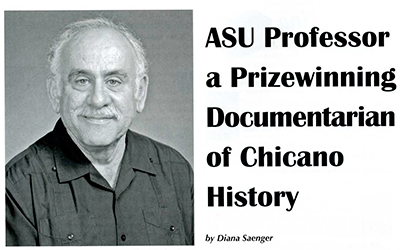


Paul Espinosa Film Festival 2010


Paul Espinosa Film Festival 2003
